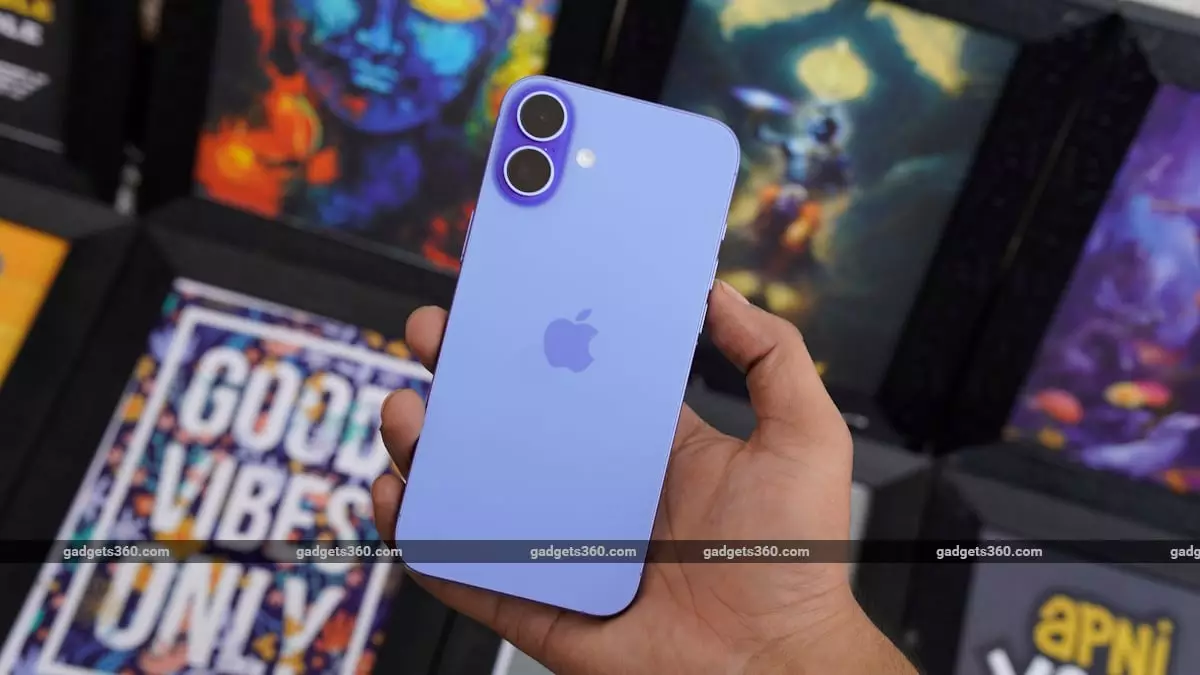In an era where consumerism is driven by relentless marketing, Flipkart’s “GOAT Sale 2025” exemplifies a widespread tendency to inflate perceived value through superficial discounts. Advertised as an event where customers can unlock significant savings on premium electronics, the sale’s real impact is more complicated. As a centered liberal, I believe it’s crucial to critically analyze whether these sales genuinely serve consumers or merely perpetuate a cycle of impulsive buying fueled by marketing tricks and short-lived discounts. The ostensibly attractive offers on smartphones, laptops, and accessories are, in many cases, marginally better than regular prices or are simply combated by strategic pricing manipulations designed to create a sense of urgency.
What’s most troubling is how these so-called “discounts” often distort market realities and deepen consumer debt. Instead of fostering informed choices, sales events like Flipkart’s serve as bait to trap buyers into unnecessary or overpriced purchases. The smart consumer would do well to scrutinize the actual value of these discounts, often achieved through marketing hype rather than genuine markdowns. When the iPhone 16 is promoted at a discounted Rs. 59,999, for instance, it’s important to question whether this is a fair price or simply a calculated move to entice buyers to part with their money under the illusion of getting a “deal.”
The Myth of Discounts and the Power of Marketing
The e-commerce giants capitalize on the psychological psychology of “fear of missing out” to drive rapid sales. Flipkart, for instance, offers specific bank discounts and loyalty rewards that, although seemingly advantageous, often encourage consumers to spend beyond their means. Promotions involving UPI discounts, Flipkart SuperCoin, and bank offers are manipulative in their own right, subtly shaping buying patterns in favor of larger, more impulsive transactions.
Furthermore, the pre-sale access given to Flipkart Plus members fosters a sneaky exclusivity that deepens consumer inequality. Those with the “right” memberships are lured into buying even before the wider public, amplifying a culture of privilege. This stratification questions whether these sales events are truly democratic or simply a way for the platform to maximize profits by exploiting competitive consumer behaviors.
Beyond the marketing façade, many of these discounts are hardly groundbreaking. The Nothing Phone 3, for example, being sold at a notable discount of Rs. 20,000 or more, may seem attractive. But the reality is that such “deals” often reflect minor price adjustments that are strategic tactics rather than genuine discounts. This practice dilutes the value of true discounts and leaves the average consumer vulnerable to impulsive buying, without truly gaining value for money.
The Market Power Play and Its Impact on Consumers
The presence of high-profile brands like Apple, Samsung, and Nothing during these sales cements their importance in consumer aspirations, despite often inflated prices and marketing strategies that lean into brand loyalty rather than affordability. It’s a pattern where flagship devices such as the iPhone 16 or Galaxy S24 are positioned as must-have status symbols, which can distort priorities and foster materialism. When prices are slashed marginally, buyers are often prompted to overlook the deeper issues of overconsumption and environmental sustainability.
Moreover, by scheduling the Flipkart sale alongside Amazon Prime Day, the market becomes a battleground for consumer attention, rather than a platform for fair pricing or genuine value-based shopping. This ferocious competition between megaretailers encourages an arms race of discounts, but rarely results in meaningful savings. Instead, it transforms shopping into an endless cycle of chasing deals, often at the expense of financial stability.
In this climate, consumers must approach these sales with skepticism, armed with price tracking tools and a critical mindset. The illusion of “saving a lot” distracts from the real costs—emotional, financial, and environmental. Ultimately, these events reveal more about corporate marketing tactics than about delivering true value to consumers. Instead of being passive participants in this commercial spectacle, buyers should question the authenticity of discounts and demand transparency, lest they fall further into a consumerist trap disguised as a savings opportunity.


Leave a Reply